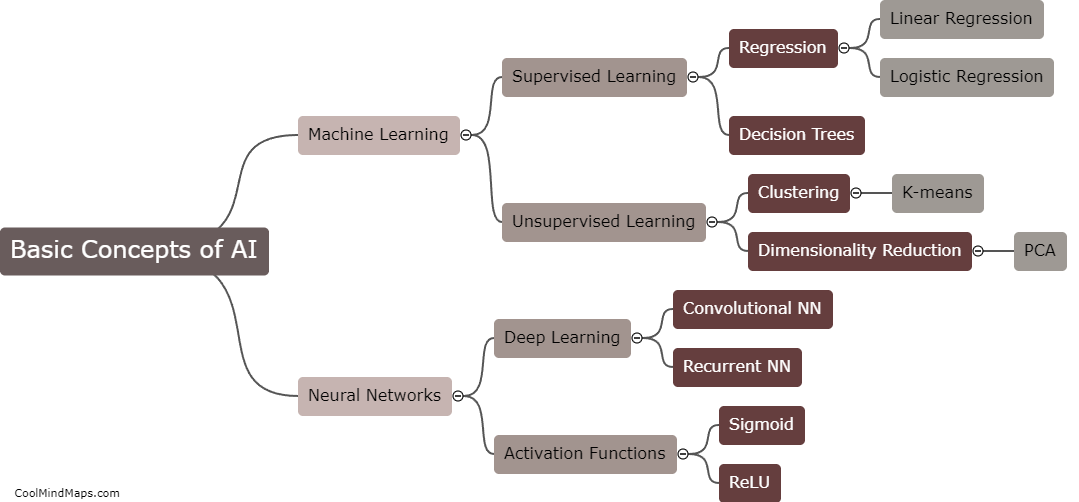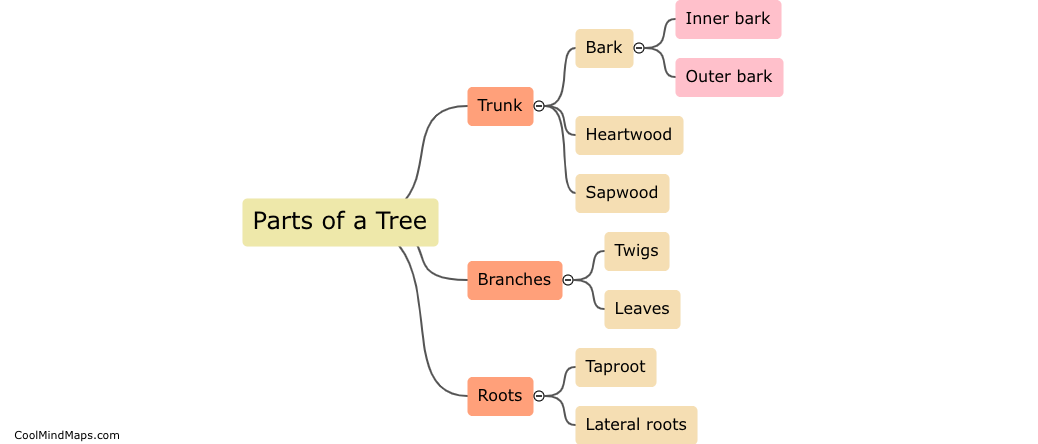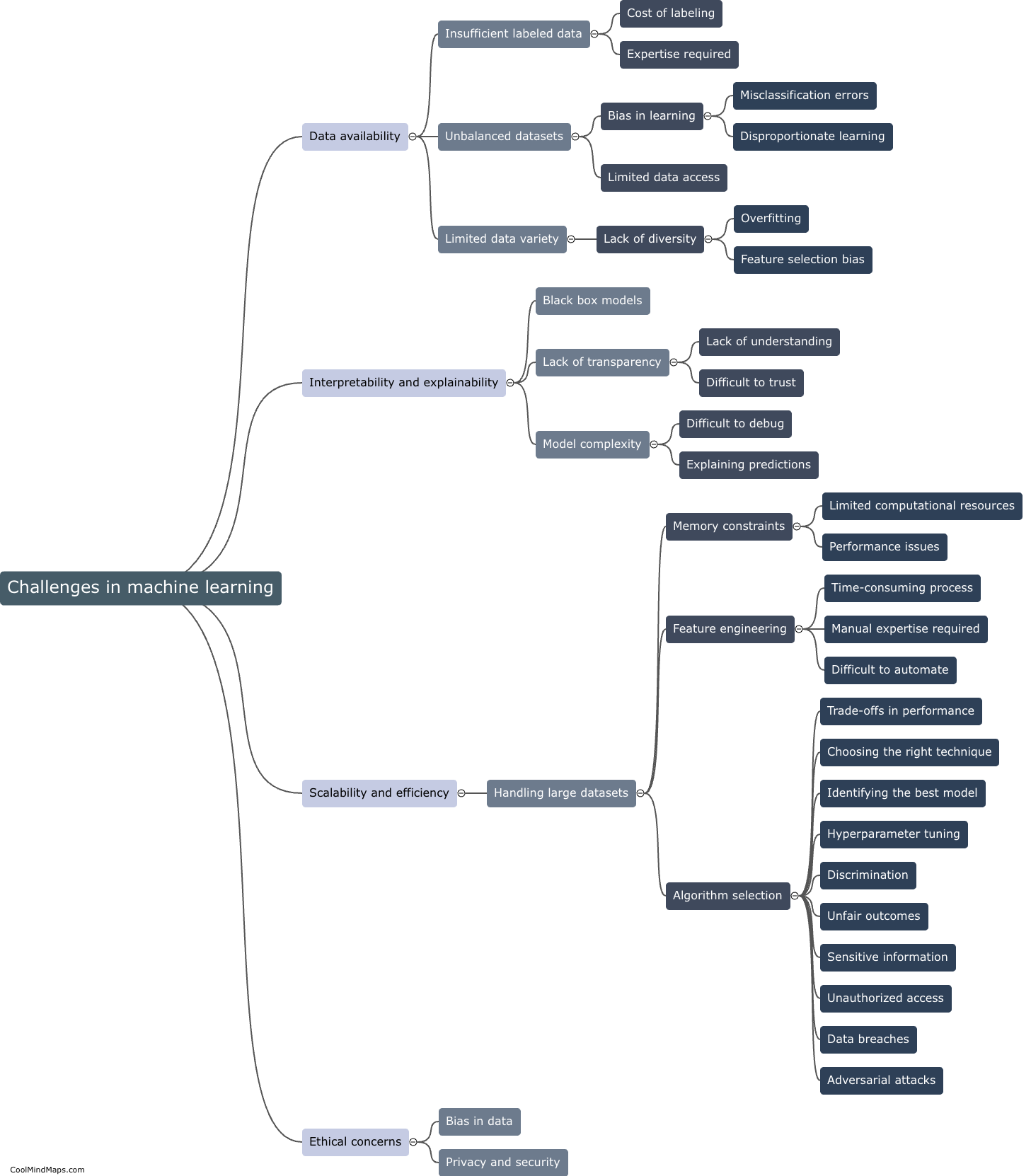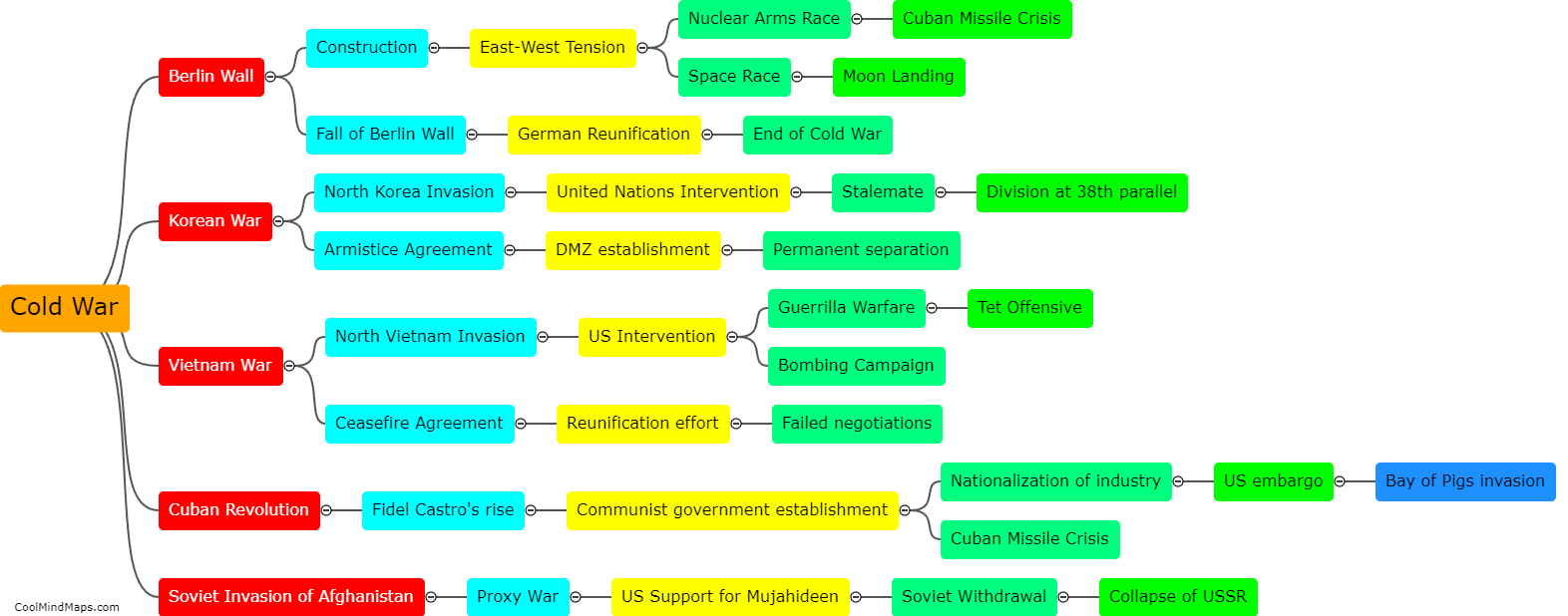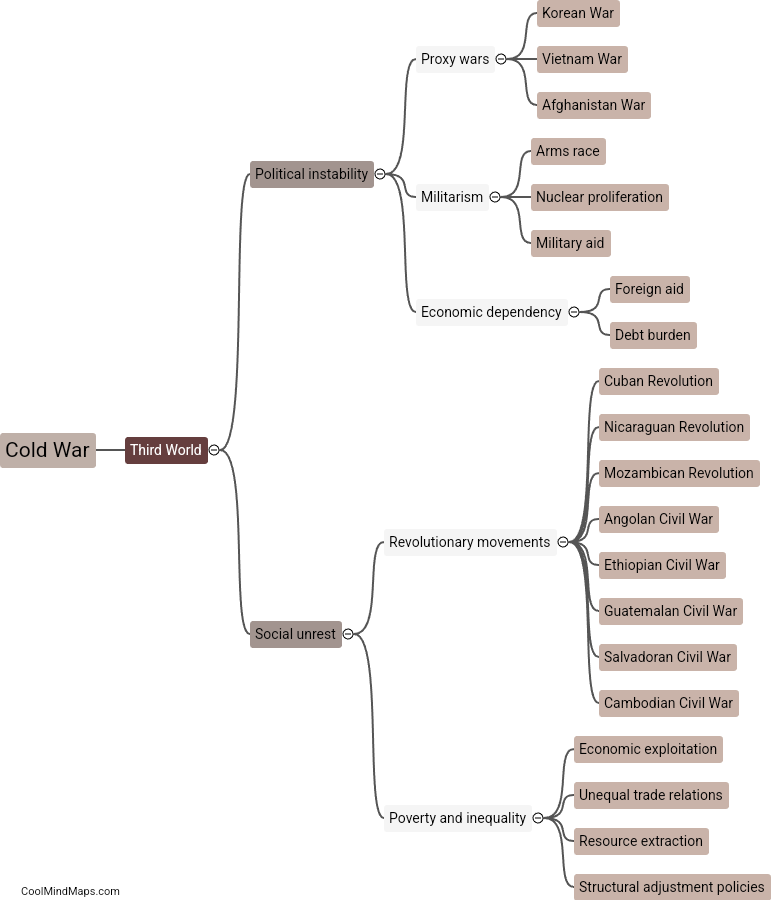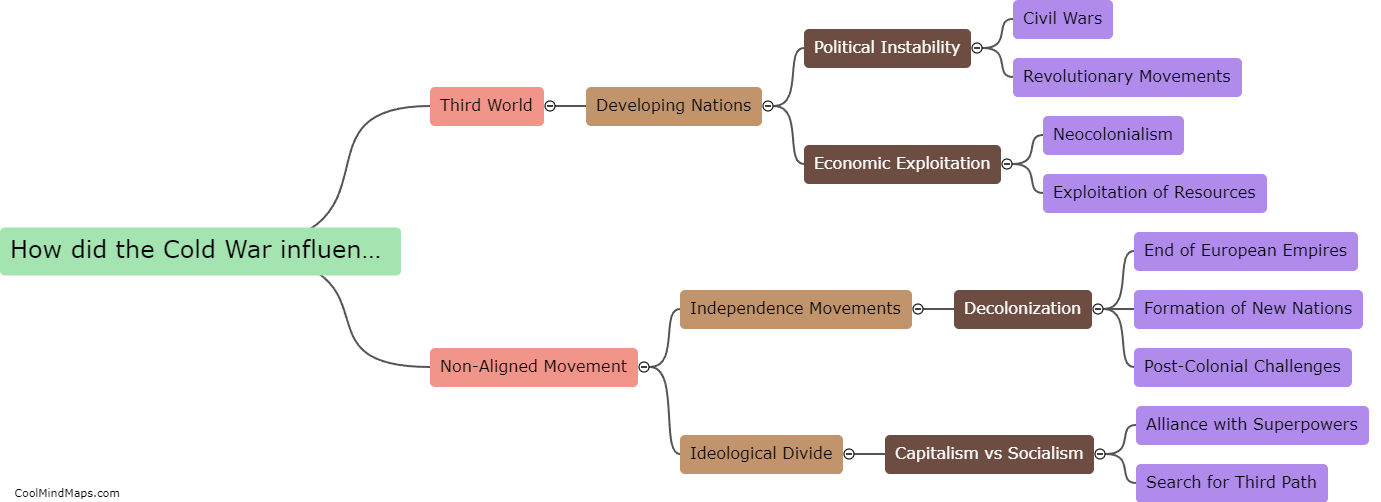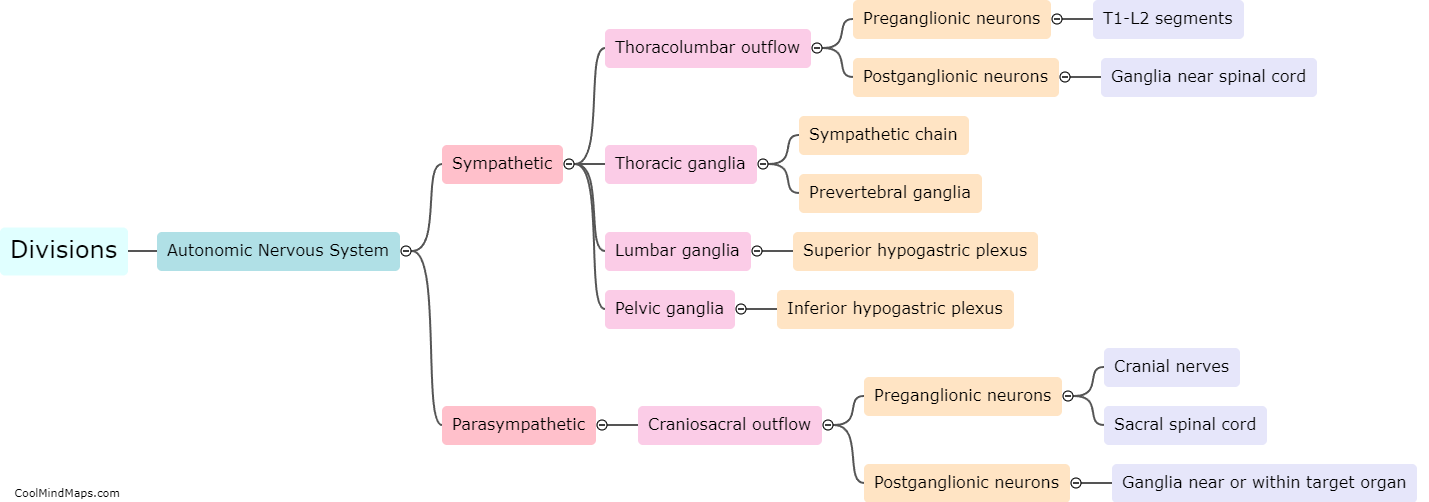How are the tiers in a multi-tiered architecture separated?
In a multi-tiered architecture, the tiers are separated based on their specific responsibilities and functionalities. The architecture typically includes three tiers: the presentation tier, the application/business logic tier, and the data/storage tier. The presentation tier is responsible for managing the user interface and interaction, using technologies such as HTML, CSS, and JavaScript. The application/business logic tier handles the processing and flow of data, implementing business rules and logic, and often utilizing programming languages like Java or C#. The data/storage tier manages the persistent storage and retrieval of data, using databases or other data storage mechanisms. Each tier operates independently with well-defined interfaces, allowing for easy maintenance, scalability, and reusability of the system components. This separation ensures better modularity, flexibility, and manageability in the multi-tiered architecture.
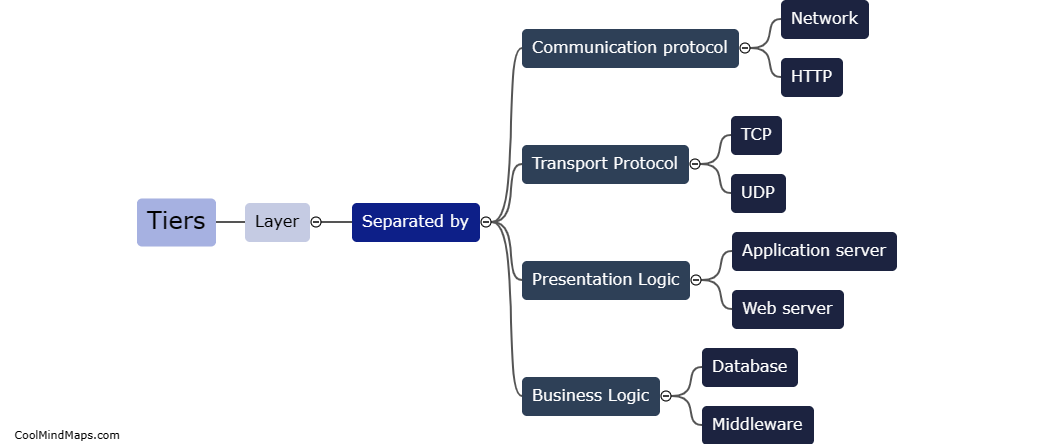
This mind map was published on 13 August 2023 and has been viewed 132 times.
